Scottish Water has deployed its first fully electric heavy goods vehicle (HGV) in Glasgow to provide waste-water services to customers in the city.
The vehicle, which will be operated during the day and charged overnight, is the first in the UK to be delivered by Scania and represents a key milestone in the utility company’s transition of its fleet to net zero, joining 187 vans and 500 fully electric cars.
Mark Hunter, development services general manager at Scottish Water, said: “We did a pilot several months ago working with all the teams involved in operating the tanker, to make sure that this vehicle would be fit for purpose.
“It is vital that as well as helping Scottish Water reach its net zero targets, that it is a functional vehicle for the teams that use it and can deliver what they need – which I’m very pleased to say it does.”
Scottish Water fleet manager, Elaine Pringle, added: “The addition of our first fully electric HGV to our fleet is a key milestone in our transition journey, helping us to make the leap from decarbonising the smaller vehicles used across Scottish Water to focusing on the next steps that we need to take in order to reach net zero.”
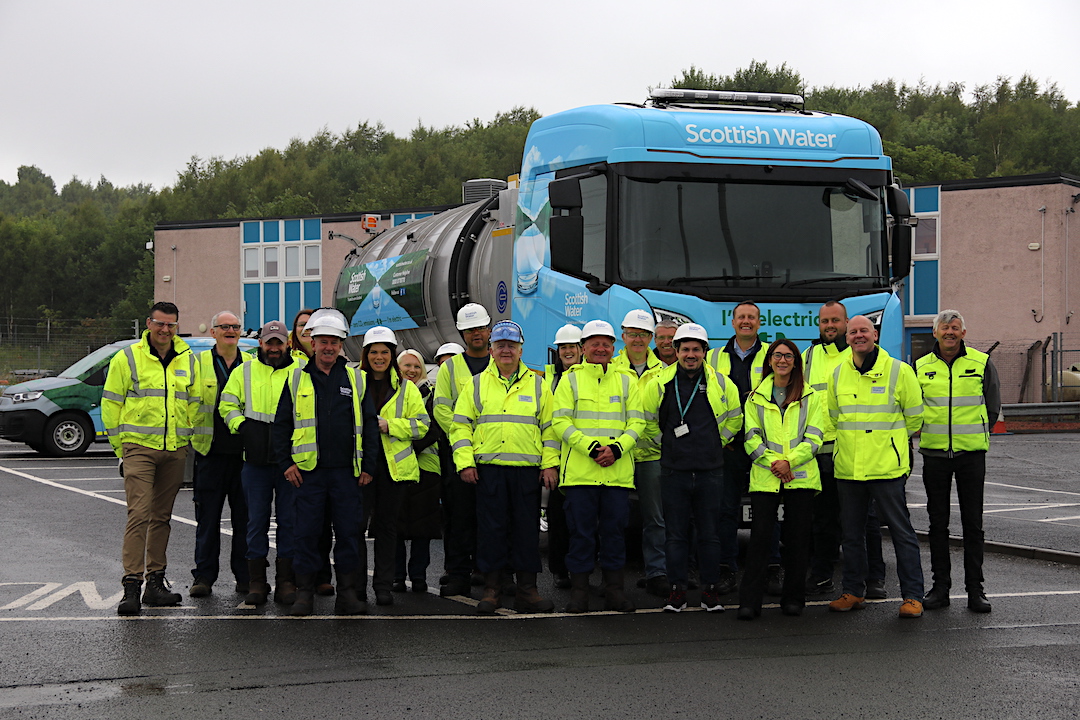
Pringle explained that there was a lot of work done to ensure that it ended up with a vehicle that the waste-water team could have confidence in using on a daily basis.
“I’m delighted to see the tanker now in operation and helping to deliver vital services to our customers in Glasgow,” she said.
In addition to the electric vehicles (EVs) on its fleet, Scottish Water has installed 374 charge points across the country, which are increasingly using renewable energy generated on sites.
It has also begun trialling the use of hydrotreated vegetable oil (HVO) in its commercial vehicle fleet.
Tual provides charging solution at remote location
The deployment of Scottish Water’s first electric tanker comes as it completes a three-month trial of Tual’s PowerUp charger high-power DC CCS charger.
With 100% uptime and no faults during the trial, Tual’s charging technology enabled Scottish Water engineers visiting the remote Moffat Water Works, where previously there were no charging options available, to fully charge their EVs quickly.
PowerUp Chargers are designed for sites where grid limitations make installing conventional DC charge points a non-viable option.
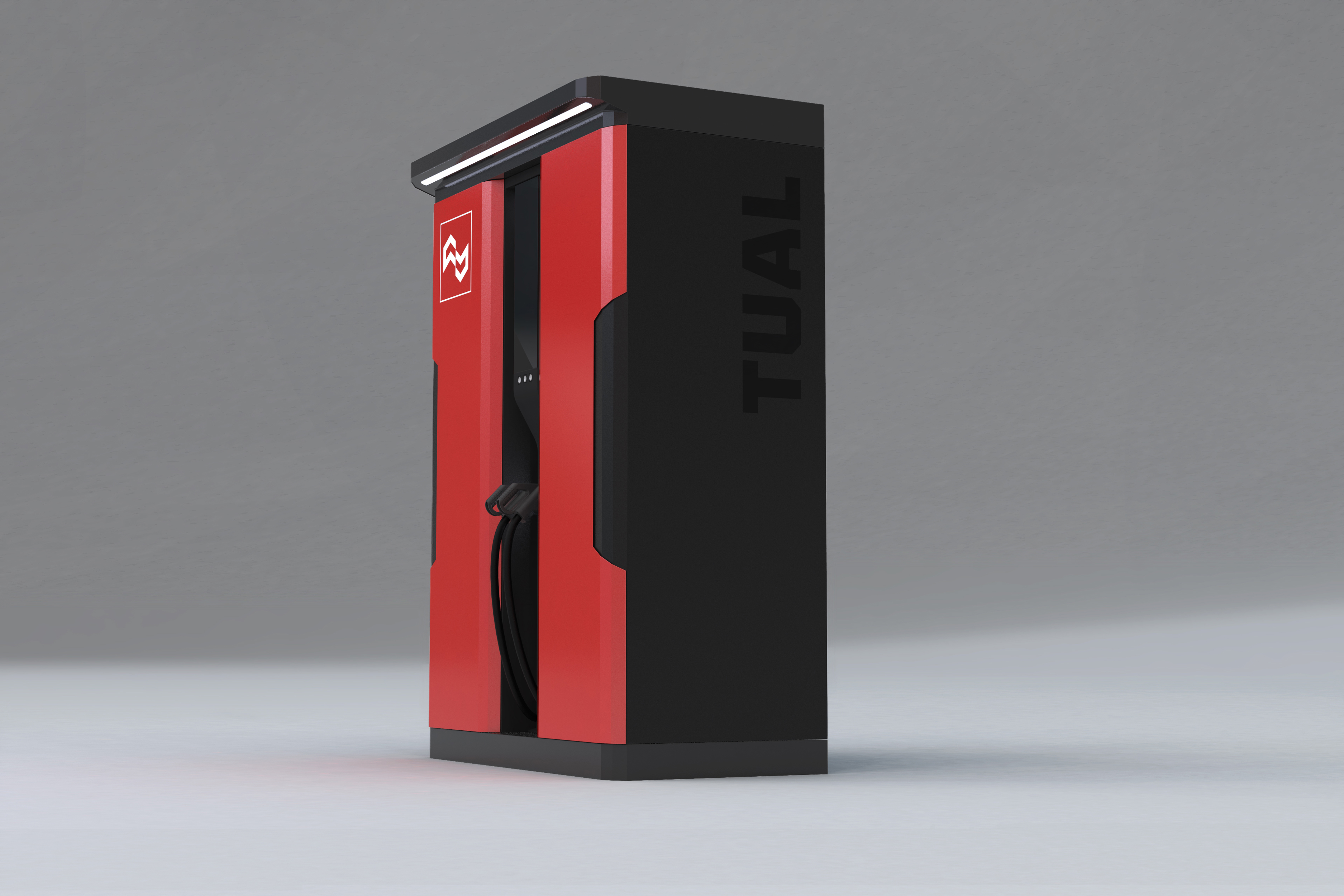
By storing mains power in its integral lithium-ion battery during periods of low demand, a PowerUp Charger can provide a high-power charging session when needed.
In the Scottish Water trials, this meant 70kW, delivering up to 200 miles of range in one hour – a 3kW three-pin socket can only manage eight miles of range over the same period.
The unit at Moffat was commissioned and operational just 34 minutes after delivery via a HIAB truck.
Phil Clarke, Tual founder and CEO, said: “Grid constraints must not be allowed to stand in the way of fleet electrification.
“We’re proud to be playing our part in ensuring that any organisation that wants to make the switch can do so knowing that charging will not be an issue for them.”
Paul Wilkinson, EV transition technical specialist at Scottish Water, said: “The field trial at the Moffat Waste Water Treatment Works was a great success.
“The quick installation time, fast charging capability, and absolute reliability transformed the use of EVs at the site and convinced us to place an order for PowerUp chargers that we’ll roll out across our other remote sites.
“We’re transitioning our whole fleet to zero-emissions vehicles as part of our strategy to achieve net-zero by 2040, and Tual’s technology is helping us do that by overcoming limitations in the existing charging infrastructure.”
The switch to EVs is a top priority for most fleets, but it can be a complicated subject to tackle. Take charge of the transition to an electric fleet with the new Fleet News report.

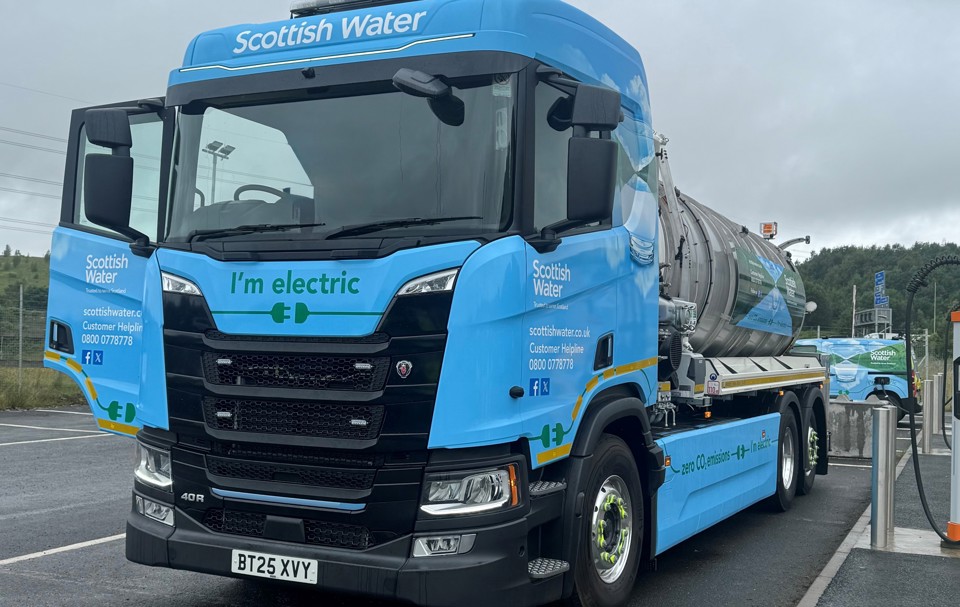
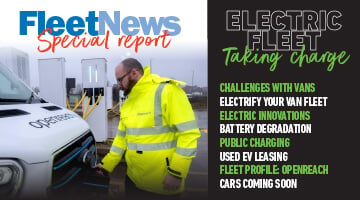



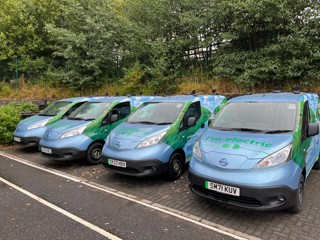
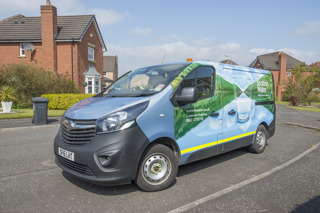
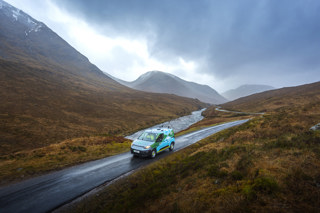

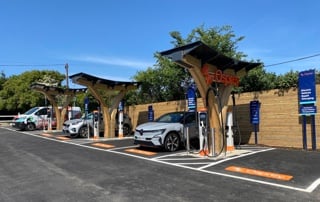



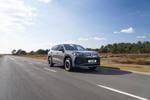



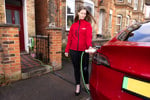



Login to comment
Comments
No comments have been made yet.